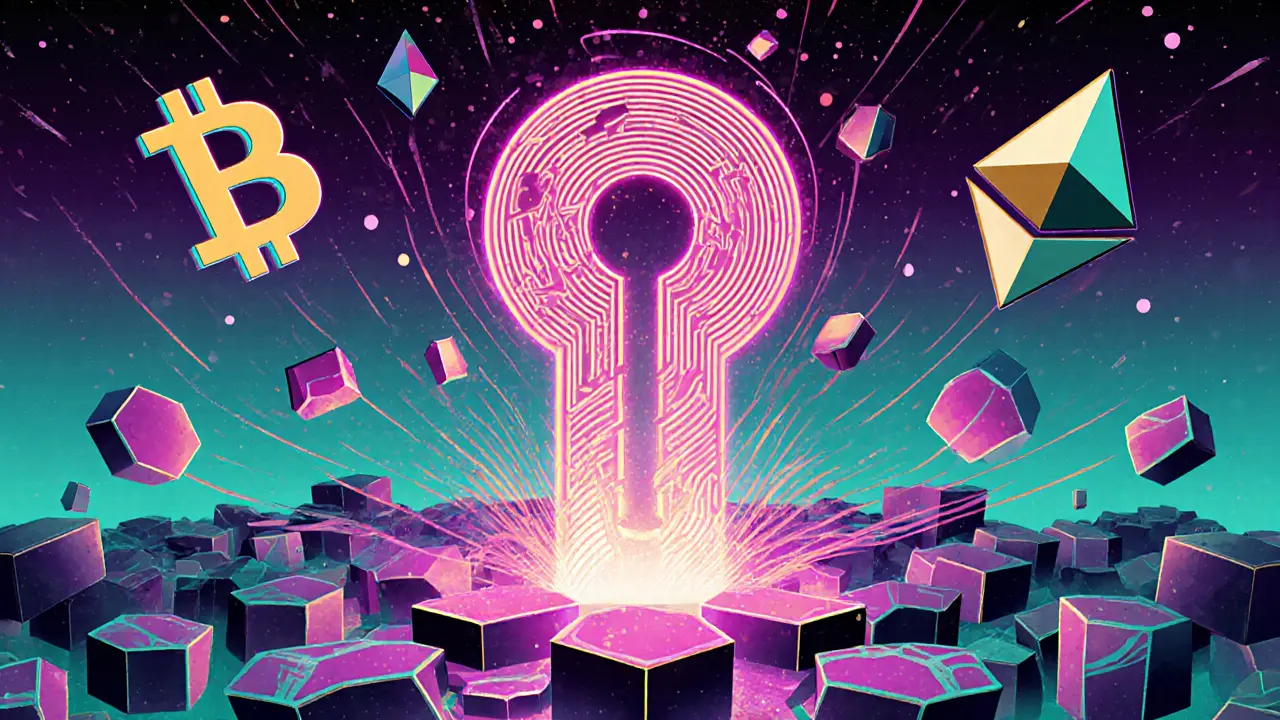Private Key: What It Is, Why It Matters, and How to Protect It
When you own cryptocurrency, you don’t actually hold coins in a digital pocket. What you hold is a private key, a unique, secret code that proves you own your crypto and lets you spend it. Also known as crypto key, it’s the one thing no one else should ever see. If someone gets your private key, they can drain your wallet faster than you can say "transaction confirmed." There’s no customer service, no password reset, no recovery option. Just silence.
Your private key is linked to your public address—the wallet ID others use to send you crypto. But only your private key can sign off on spending it. Think of it like a physical key to a safe deposit box. The box’s number (your public address) is public info. But the key? That’s yours alone. That’s why seed phrase backup, a human-readable set of 12 to 24 words that can regenerate your private key is so critical. Write it down on paper. Store it somewhere safe. Never take a photo of it. Never type it into a website. If you lose your seed phrase, you lose access to every coin tied to that wallet.
That’s why hardware wallet, a physical device designed to store private keys offline and away from internet-connected devices is the gold standard for serious holders. Devices like Ledger or Trezor keep your private key locked inside a secure chip. Even if your computer gets hacked, the key never leaves the device. You sign transactions on the hardware itself—no exposure. It’s not perfect, but it’s the best defense against the most common way people lose crypto: online theft.
And yet, most people still use software wallets on phones or browsers. They think it’s convenient. But convenience kills. A single click on a fake airdrop site, a phishing email that looks real, or a malware-laced app can steal your private key in seconds. We’ve seen it over and over—in posts about dead tokens like ELCASH and VATAN, in warnings about fake airdrops like HGT and JANRO, in the rise of Myanmar scams targeting Americans. All of it starts with someone giving away their key—either by accident or by being tricked.
Protecting your private key isn’t about being paranoid. It’s about being smart. It’s about understanding that crypto isn’t like a bank. There’s no FDIC insurance. No one is watching your back. The system works because you’re in control. And control means responsibility. Use a hardware wallet. Write your seed phrase by hand. Store it in a fireproof safe. Never share it. Never type it into a browser. Don’t trust any app that asks for it—even if it says it’s "for security." That’s always a lie.
What you’ll find below isn’t just a list of articles. It’s a collection of real stories, warnings, and lessons from people who lost everything—and those who learned how to avoid it. From EU AML rules forcing exchanges to screen wallets, to OFAC sanctions tracking stolen funds, to why non-custodial wallets are under pressure in India—every post ties back to one truth: your private key is your power. Treat it like your life depends on it. Because it does.
How to Create a Digital Signature for Crypto Transactions: A Step-by-Step Guide
Learn how digital signatures secure crypto transactions using ECDSA, private keys, and SHA-256 hashing. Avoid common mistakes and use trusted libraries to keep your funds safe on Bitcoin, Ethereum, and other blockchains.
